LiFePO4 vs. AGM Batteries: Unpacking the Powerhouse Debate with a Splash of Humor
Ah, batteries. The unsung heroes of your off-grid adventures, solar setups, and trusty RV getaways. But when it comes to selecting a 200Ah battery, things can get tricky. Fear not, for we’re about to pit two champions against each other in the ultimate battery showdown: LiFePO4 vs. AGM.
Let’s spark up this conversation (safely, of course) by breaking things down into digestible, slightly humorous chunks.
Add Your Heading Text Here
Lorem ipsum dolor sit amet, consectetur adipiscing elit. Ut elit tellus, luctus nec ullamcorper mattis, pulvinar dapibus leo.
1. Chemistry: What’s in the Juice?
- LiFePO4: Think of this as the tech-forward Tesla of batteries. It uses lithium iron phosphate, which means more energy, more stability, and almost zero drama.
- AGM: Old-school but classy, AGM relies on lead-acid and a neat little glass mat to absorb electrolytes. No spills, no fuss, but a bit heavy on tradition.
2. Energy Density: Packing Power Efficiently
- LiFePO4: These batteries boast energy densities of 90-160 Wh/kg. In plain English? They’re the Marie Kondo of batteries—compact and efficient.
- AGM: At 50-70 Wh/kg, they’re a bit like your dad’s toolbox—solid but bulkier than you’d prefer.
3. Lifespan & Cycles: Can It Go the Distance?
- LiFePO4: With a jaw-dropping 3000–7000 cycles and a lifespan of over a decade, these batteries are the marathon runners of the power world.
- AGM: You’ll get about 1000-1200 cycles or 3-5 years—perfect if you’re more into sprints than marathons.
4. Charging Speed: Fast or Chill?
- LiFePO4: Like a caffeine-fueled coder, these batteries charge in 1-2 hours, making them perfect for quick turnarounds.
- AGM: They prefer a leisurely pace, needing over 5 hours for a full charge. Good things come to those who wait, right?
5. Depth of Discharge (DoD): How Much Can You Squeeze Out?
- LiFePO4: Fearlessly discharges up to 80-90% without breaking a sweat.
- AGM: Prefers to keep things modest—don’t push it past 50% unless you like living dangerously.
6. Weight & Size: Carrying the Load
- LiFePO4: Featherweight champions of the battery world, they’re ideal for weight-sensitive setups like RVs or boats.
- AGM: Built like a tank—solid, dependable, but not the lightest on the block.
7. Safety First: Will It Blow Up?
- LiFePO4: These batteries are the straight-A students of safety, with a super low risk of overheating or catching fire.
- AGM: While generally safe, they do carry some risks associated with lead-acid chemistry.
Which Should You Choose?
- Go for LiFePO4 if… you need a long-lasting, lightweight, and quick-charging battery for off-grid applications, EVs, or anything modern and techy.
- Choose AGM if… you’re on a tighter budget, don’t mind the extra weight, and prefer something tried-and-true for moderate energy needs.
Featured 200Ah Batteries to Consider
- Ampere Time LiFePO4: Lightweight, deep-cycle design, perfect for off-grid setups.
- Renogy AGM: Maintenance-free and great in the cold, a sturdy choice for solar energy.
- SunGoldPower LiFePO4: Bluetooth monitoring and a self-heating feature—techy meets functional.
- DC House LiFePO4: High energy density with built-in BMS for top-notch protection.
About author
Related posts
Top LiFePO4 Batteries: Your Reliable Energy Companion for Every Need Ah, LiFePO4 batteries—the superheroes of modern energy storage! They last longer than your favorite series,... Continue reading
Why 24V LiFePO4 Batteries are the Superheroes of the Energy World Dive into the world of 24V LiFePO4 batteries, celebrated for their safety, durability, and... Continue reading
Why LiFePO4 Batteries Are the MVPs of the Energy Game LiFePO4 batteries (a.k.a. lithium iron phosphate) are the cool kids in the battery world, prized... Continue reading
The Ultimate Guide to Choosing a 100 Amp Hour Lithium-Ion Battery Discover the ins and outs of 100 amp hour lithium-ion batteries, from the best... Continue reading
The 24V 200Ah Lithium-Ion Battery: Your Ultimate Energy Sidekick 24V 200Ah lithium-ion batteries, particularly the robust LiFePO4 type, redefine reliable energy storage with 10-year lifespans,... Continue reading

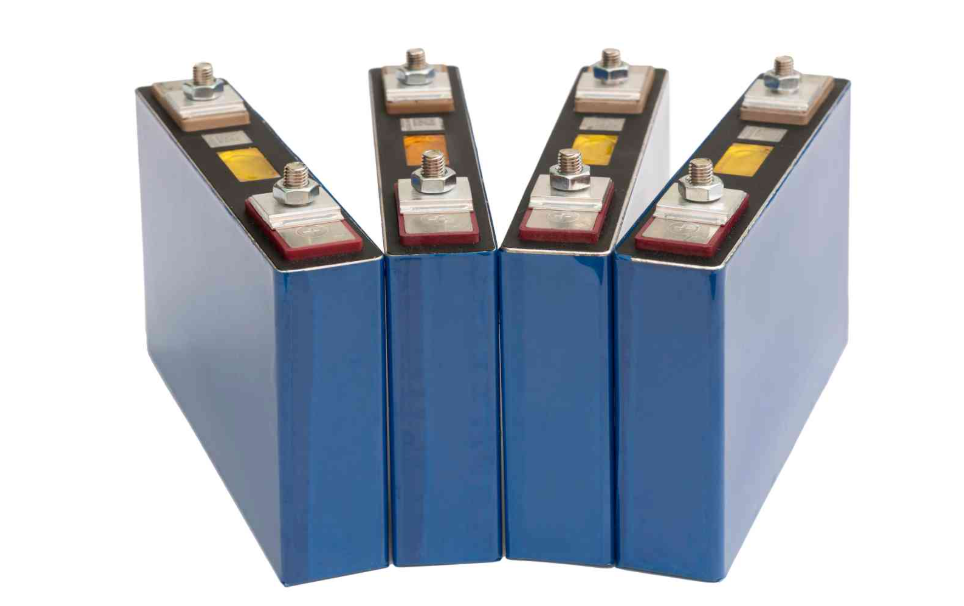
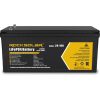
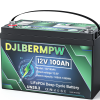
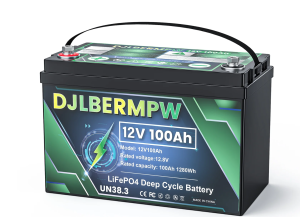
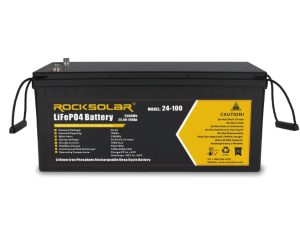
Add comment